Darbhanga (Bihar), Nov 14, 2024: Prime Minister Narendra Modi’s visit to Darbhanga, Bihar, on November 13 was filled with ground-breaking announcements, but it was the vivid and intricate Madhubani paintings that captured the audience's attention, providing a colorful cultural backdrop to the momentous event. On this significant visit, Prime Minister Modi not only laid the foundation for a series of major development projects, including an All India Institute of Medical Science (AIIMS) hospital, but he also highlighted the cultural legacy of Bihar, particularly through the prominent display of the Madhubani paintings on stage.
The Prime Minister’s visit cantered around the foundation of various infrastructural and healthcare projects for the Mithila region, with investments totalling around ₹12,100 crore. The ambitious projects aim to uplift and transform the region, bringing a new wave of development to north Bihar. Yet, amid these grand announcements, the richly adorned stage, showcasing vibrant Madhubani art, stood out as a tribute to the cultural identity of Darbhanga and the surrounding Mithila region.
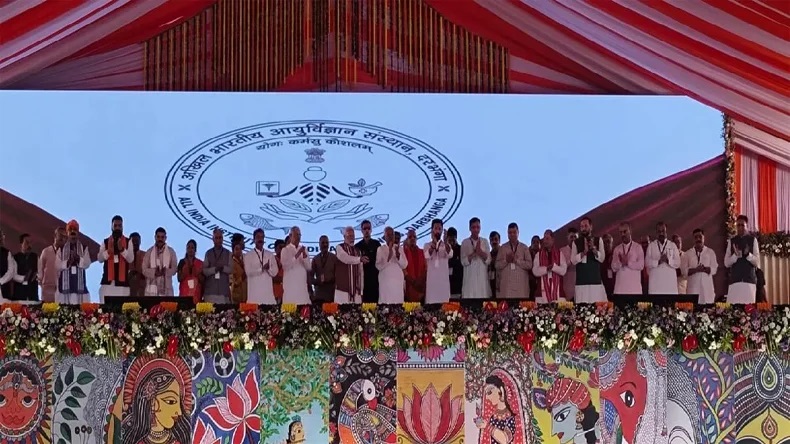
Madhubani, or Mithila painting, is an ancient art form that originates from the Mithila region of Bihar, with a history stretching back thousands of years. This art form, passed down through generations, has become synonymous with the rich heritage of Bihar and its people. Legend has it that these paintings were first commissioned by King Janaka to celebrate the wedding of his daughter, Sita, to Lord Rama of Ayodhya. The royal marriage, a central story in the Ramayana, serves as a historical touchstone for the art form, highlighting its spiritual and ceremonial importance.
Traditionally, Madhubani paintings were created on the walls and floors of mud huts in villages, serving as a medium to celebrate life’s key events—births, marriages, and festivals. Over the centuries, the art form has evolved but retains its distinctive elements, such as geometric patterns, vibrant colors, and symbolic themes.
The essence of Madhubani painting lies in its diverse subject matter. Key themes include:
- Hindu Deities: Deities such as Krishna, Rama, Shiva, Durga, Lakshmi, Saraswati, and Ganesha are common subjects, each rendered with meticulous attention to symbolic detail.
- Nature and Celestial Bodies: The natural world plays a major role, with the sun, moon, and sacred plants like basil often included as symbols of life and divine presence.
- Mythology and Folklore: Stories from the Puranas, Ramayana, Mahabharata, and other Vedic texts find expression in these paintings, linking the art form with India’s spiritual and literary traditions.
- Social Life and Celebrations: Paintings depicting weddings, festivals, and other social scenes showcase the joy and unity of Mithila's culture.
- Animals and Birds: Various animals, including elephants, fish, turtles, peacocks, and parrots, feature prominently, each with specific cultural connotations.
- Geometric Patterns: Intricate geometric motifs are used to fill any empty space, enhancing the composition's visual appeal and balance.
The colors used in Madhubani art are traditionally derived from natural sources, such as plant-based pigments. Artists create their own colors using natural ingredients like turmeric, indigo, and vermillion. For instance, ochre and lampblack are used for reddish-brown and black, respectively, creating a distinct, earthy palette. Artisans use a variety of tools to bring their creations to life, from simple twigs and fingers to nib-pens, brushes, and matchsticks. This process, coupled with the intricate detailing, makes Madhubani art a unique expression of dedication, heritage, and craftsmanship.
Today, the art form is no longer restricted to mud walls; Madhubani paintings have expanded to handmade paper, cloth, and canvas, allowing the tradition to reach a global audience. This shift has allowed villages like Jitwarpur, Ranti, and Rasidpur in the Madhubani district to become thriving centers of the craft, where hundreds of artists work to preserve and promote this traditional art. These communities play a crucial role in keeping the essence of Madhubani alive while adapting it to modern sensibilities and mediums.
The display of this art through the stage adorned with Madhubani paintings during the PM’s show is not only a gesture of respect but also a significant step toward promoting cultural pride and local artisanship on a national stage. By bringing attention to Madhubani during such a high-profile event, the Prime Minister has helped spotlight an art form that embodies the spirit, heritage, and creative prowess of Bihar. His visit underscores the role of art and culture in defining regional identity and fostering community pride, as well as the importance of supporting traditional arts in an era of rapid modernization.
As Madhubani paintings gain prominence on such platforms, it becomes a source of encouragement for the artists who have kept these traditions alive through generations, imbuing each piece with the essence of Mithila’s soul and spirit. For the people of Darbhanga and the artists of Mithila, this visit has not only brought hope for new infrastructural projects but has also celebrated their enduring cultural legacy on a stage that commands national attention.



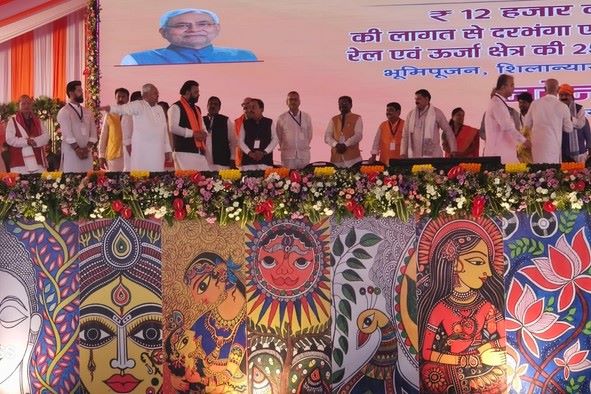

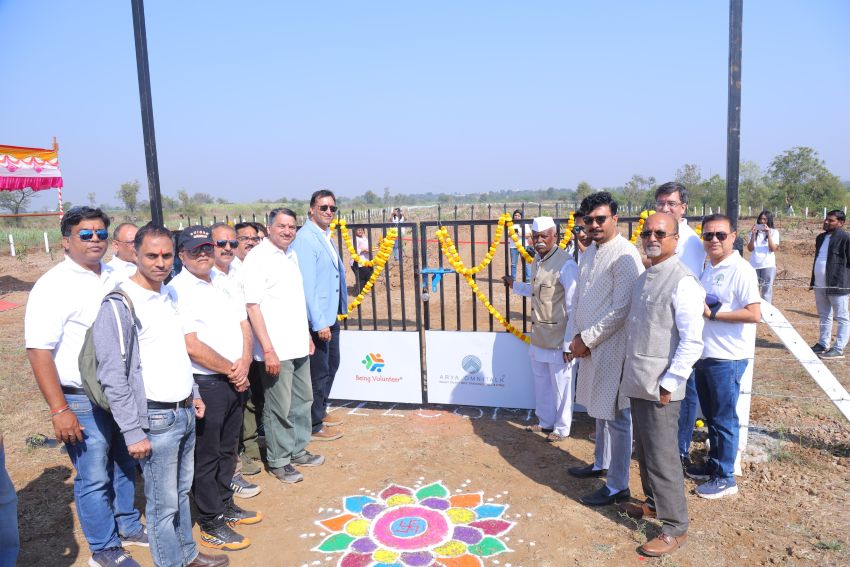
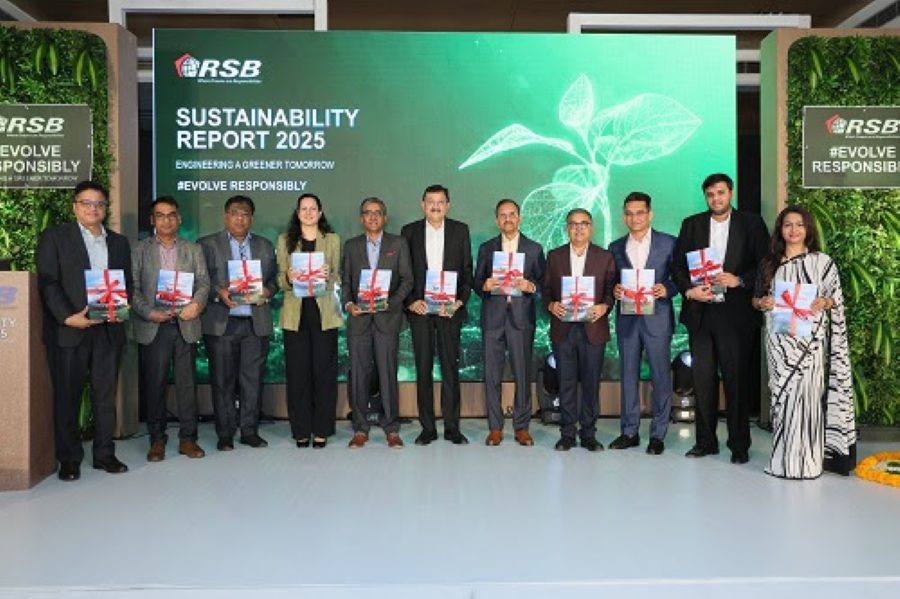
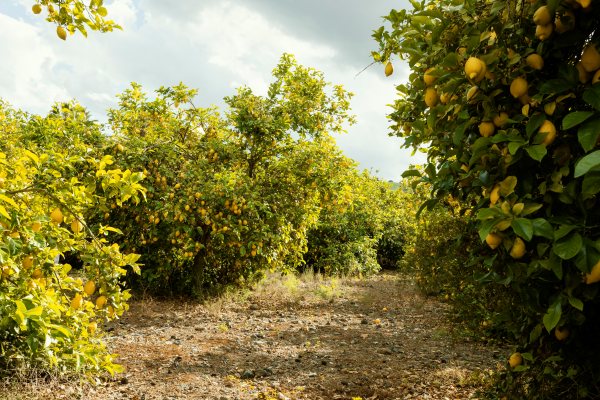

.jpg)
.jpg)




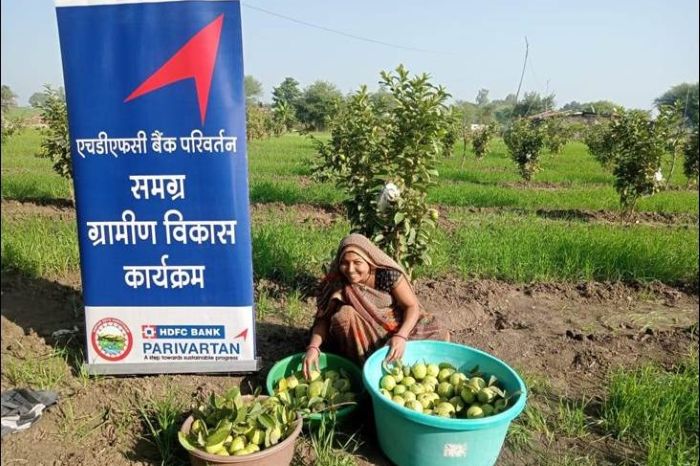

.jpg)




